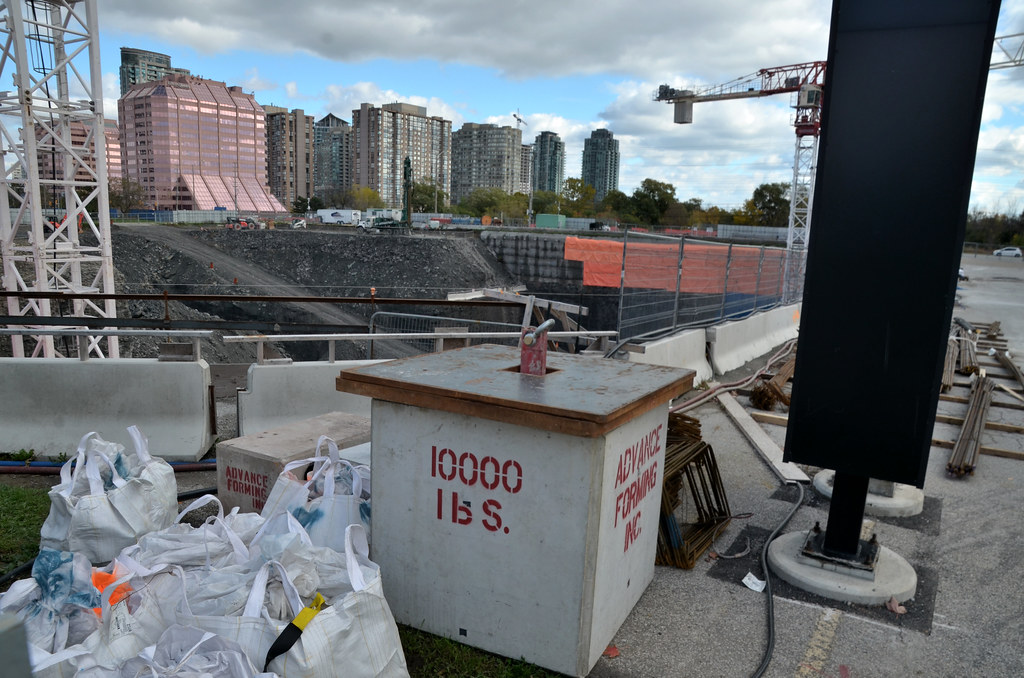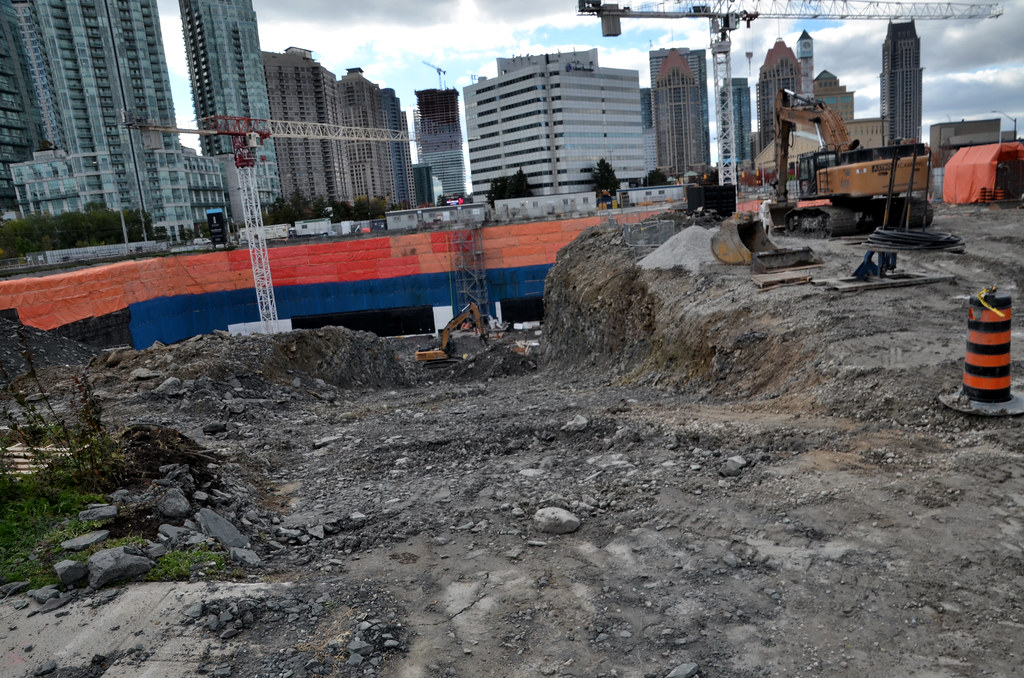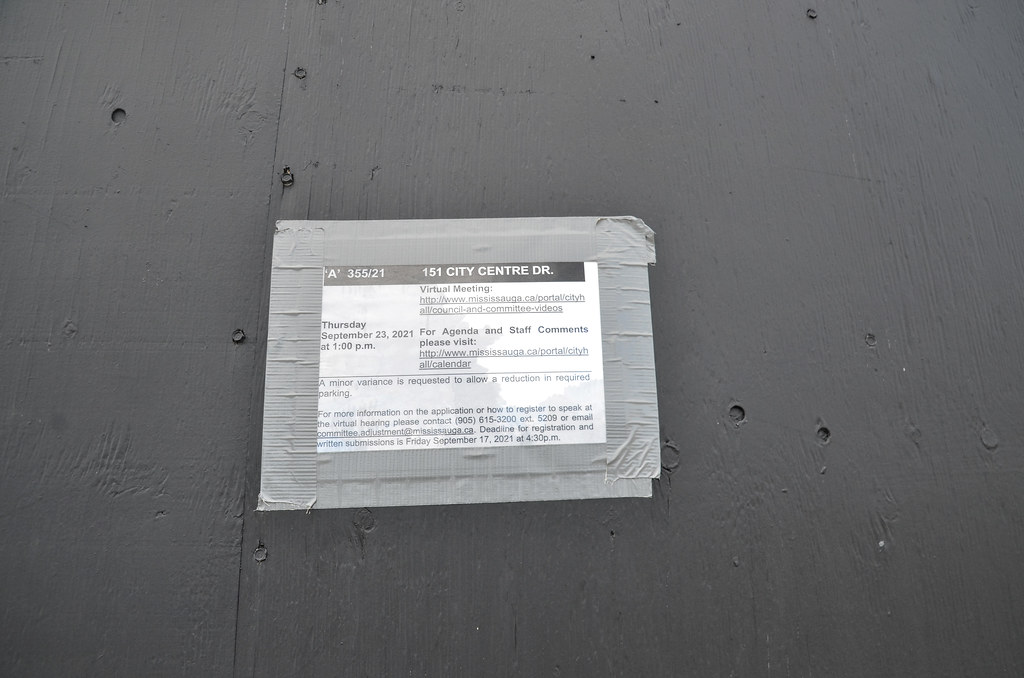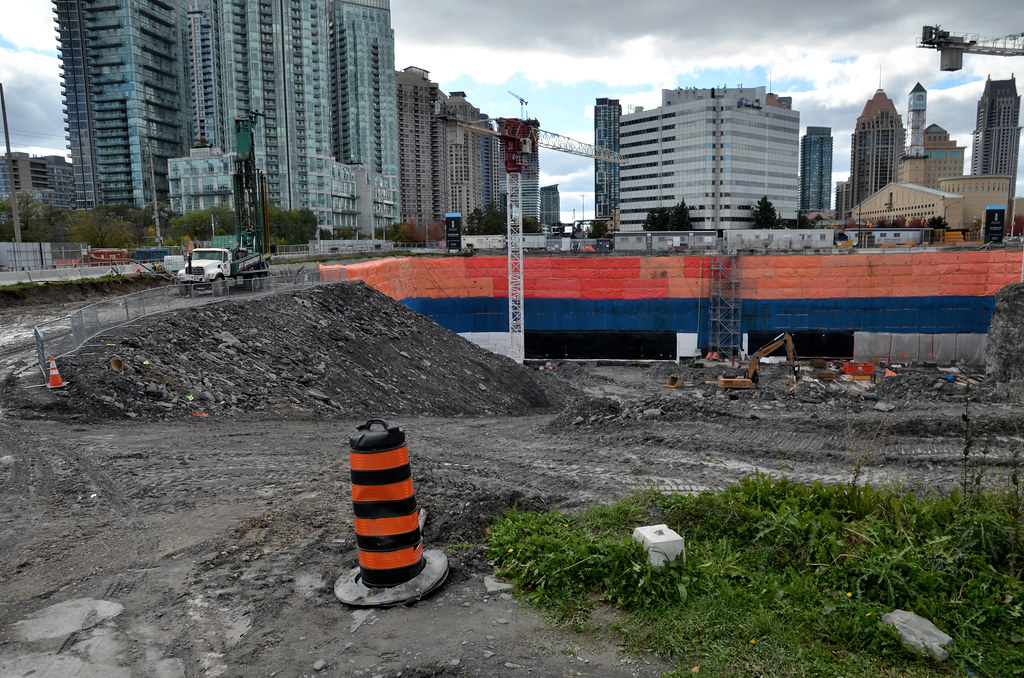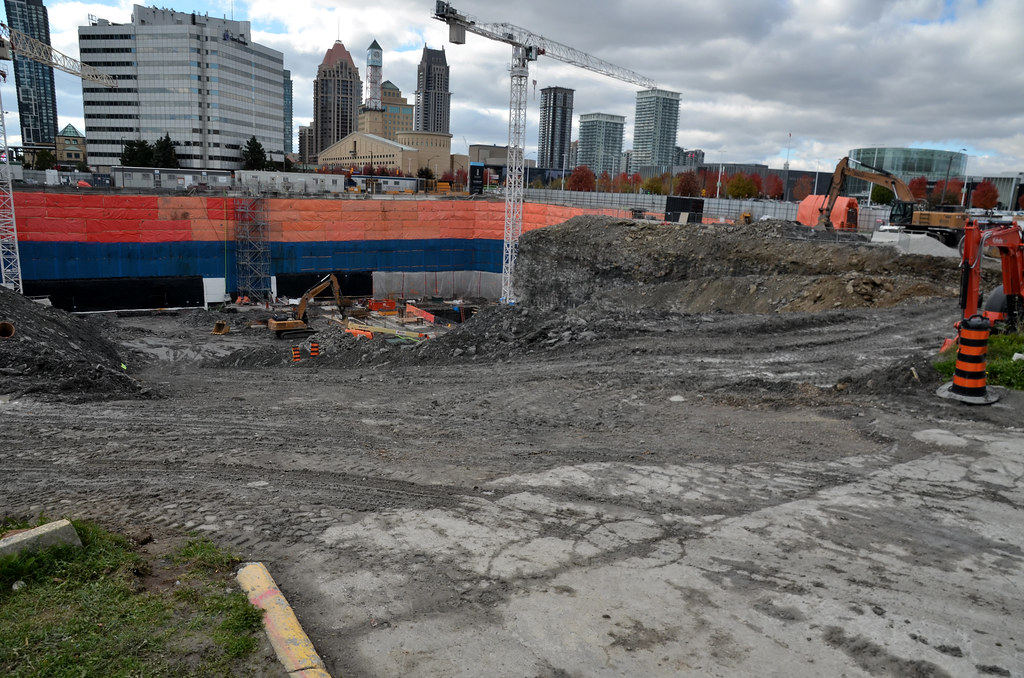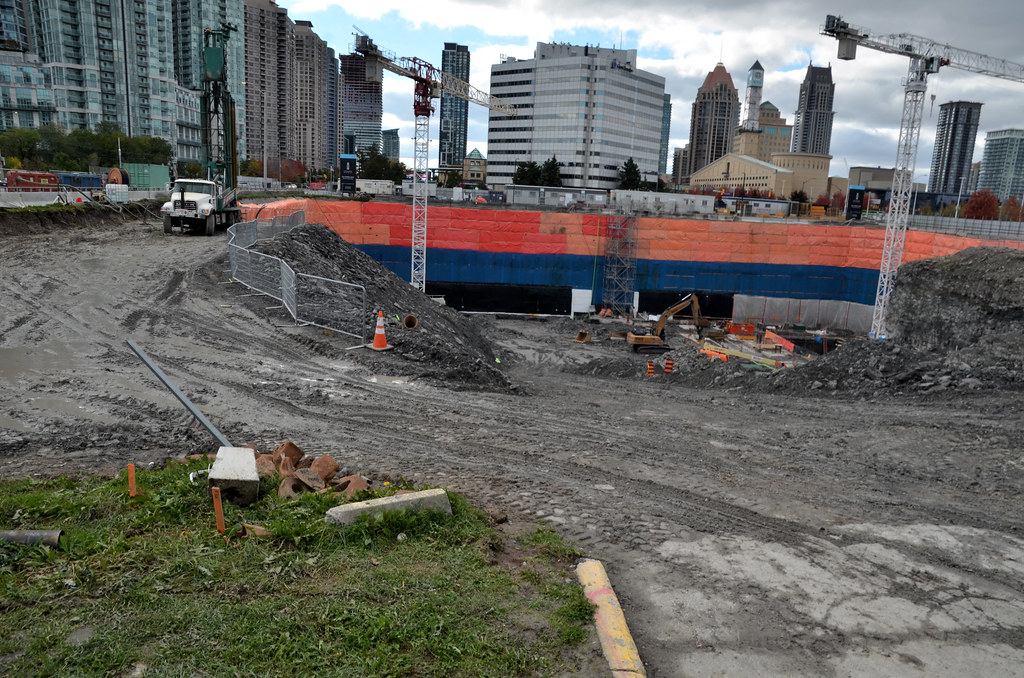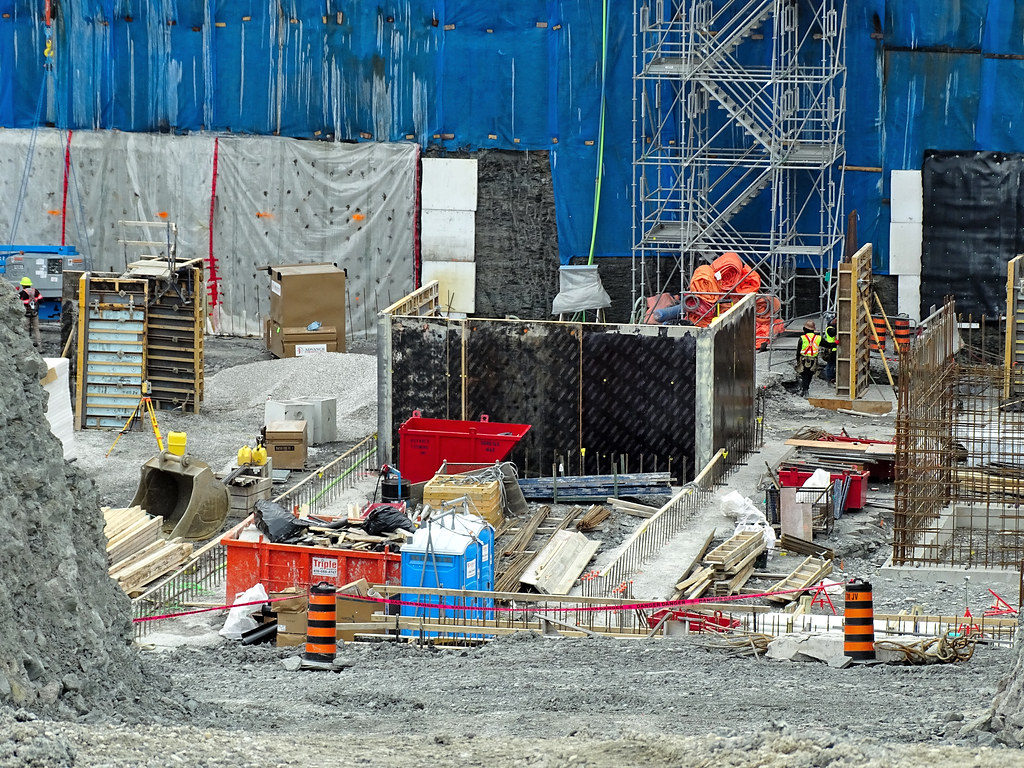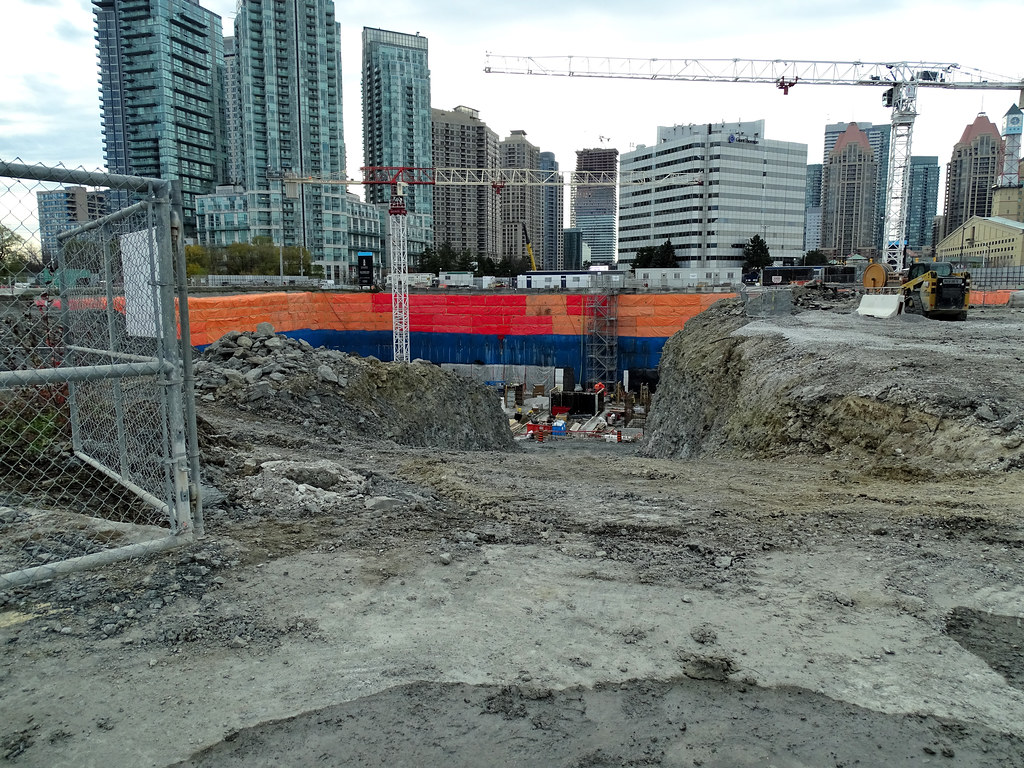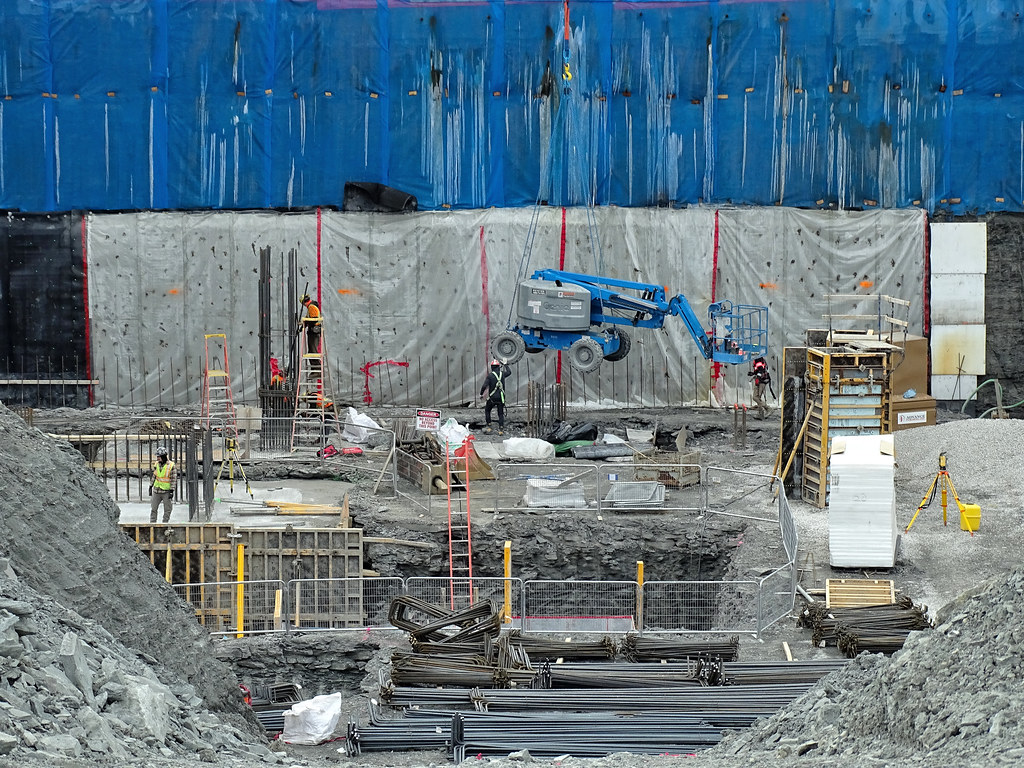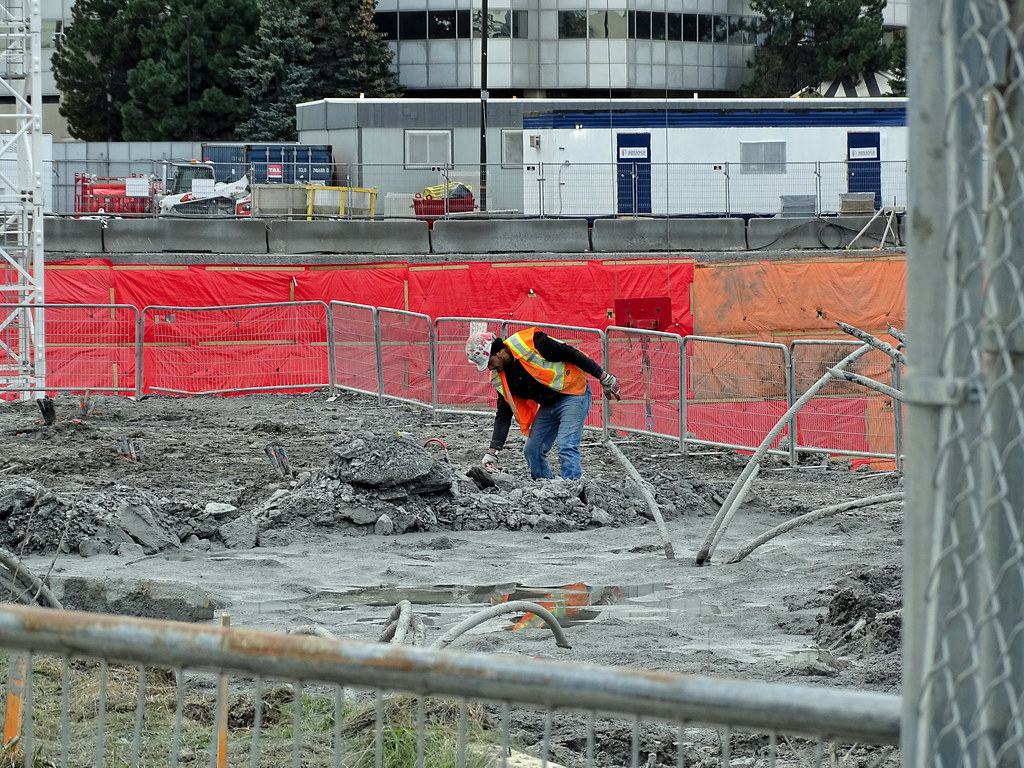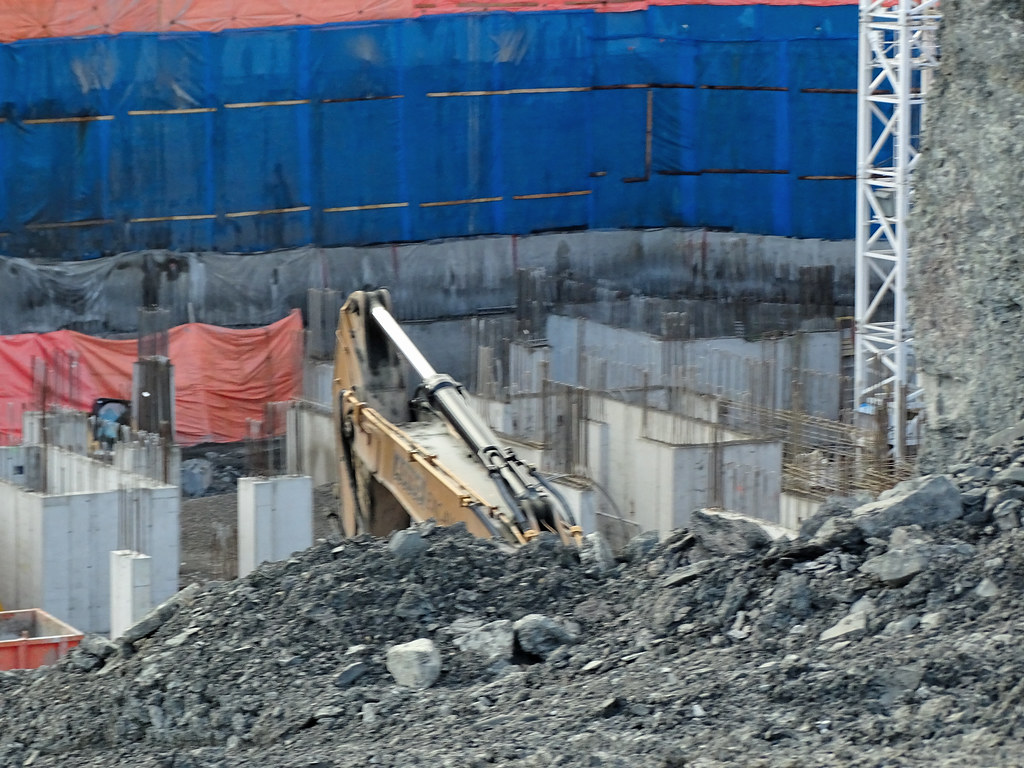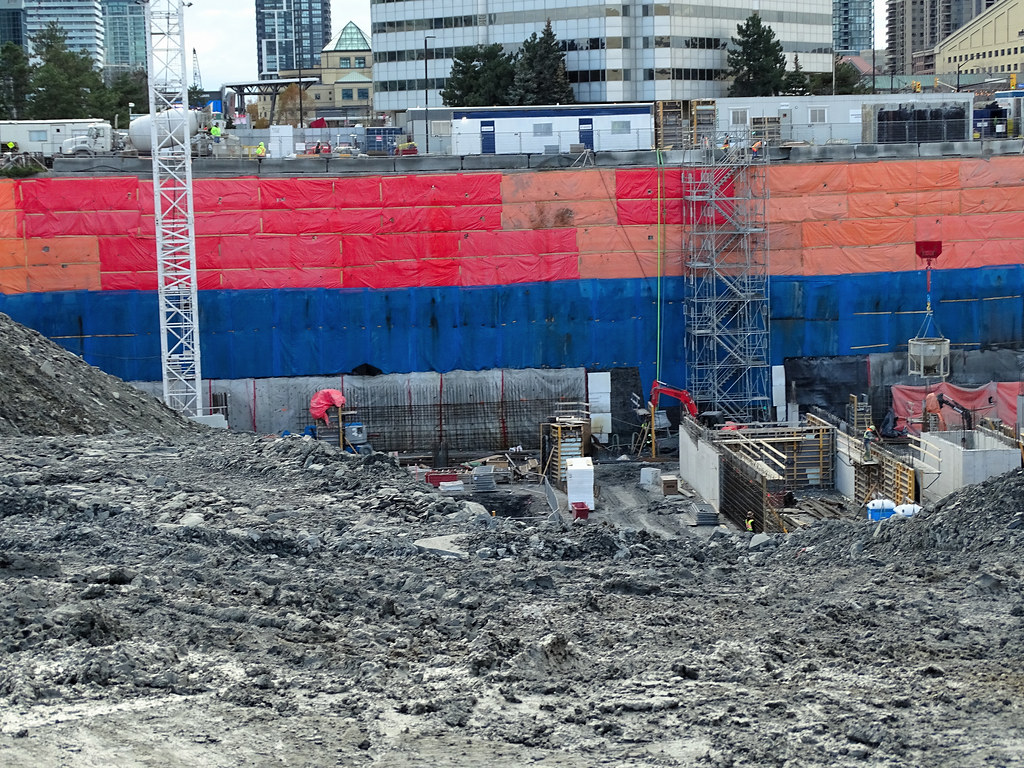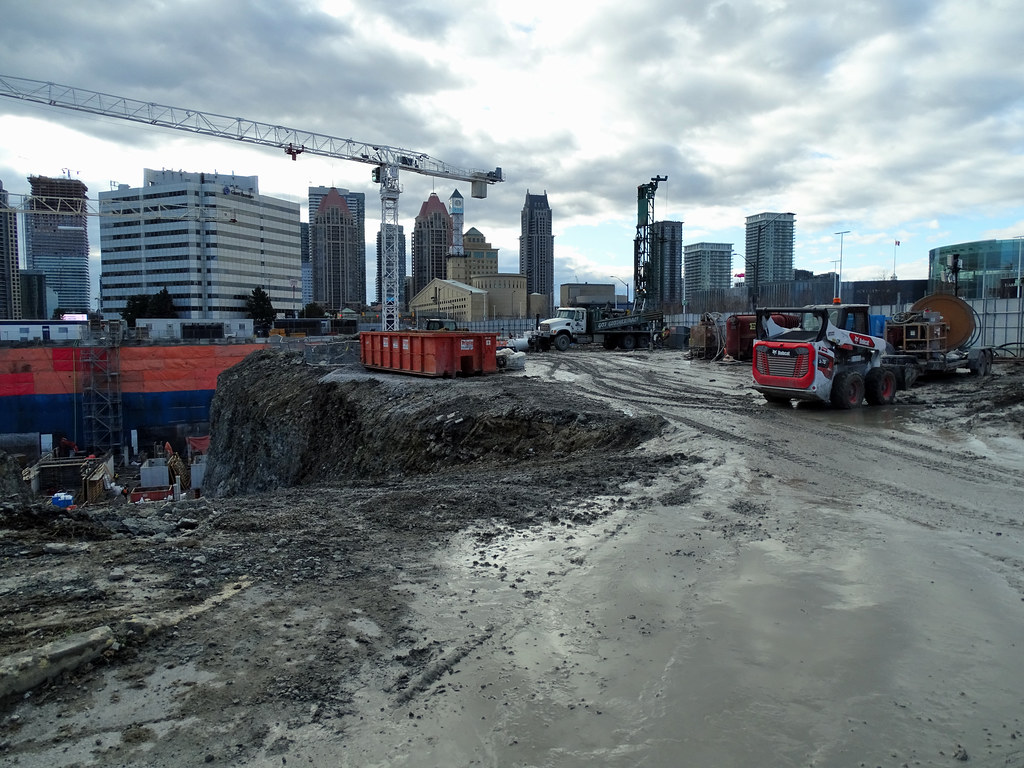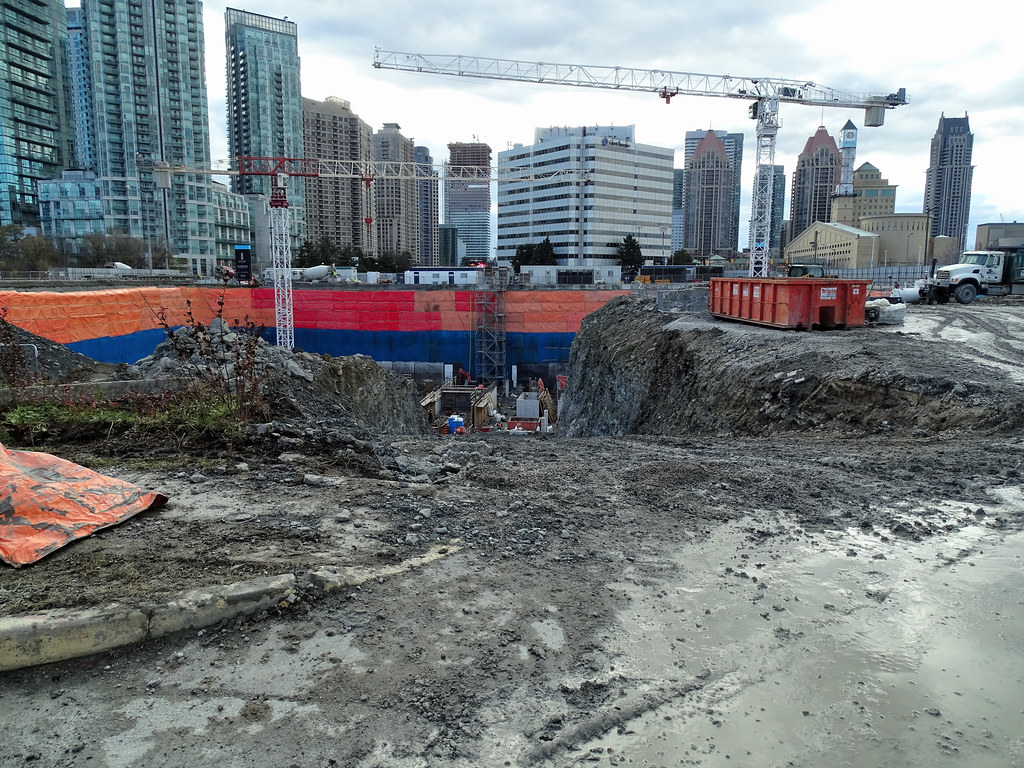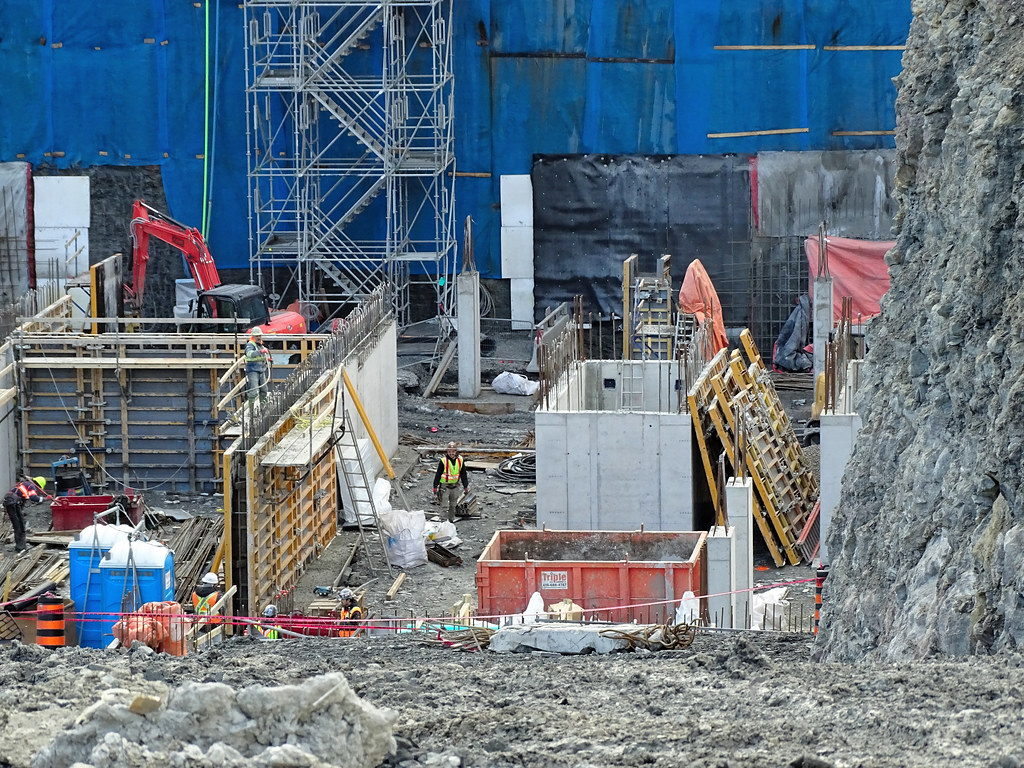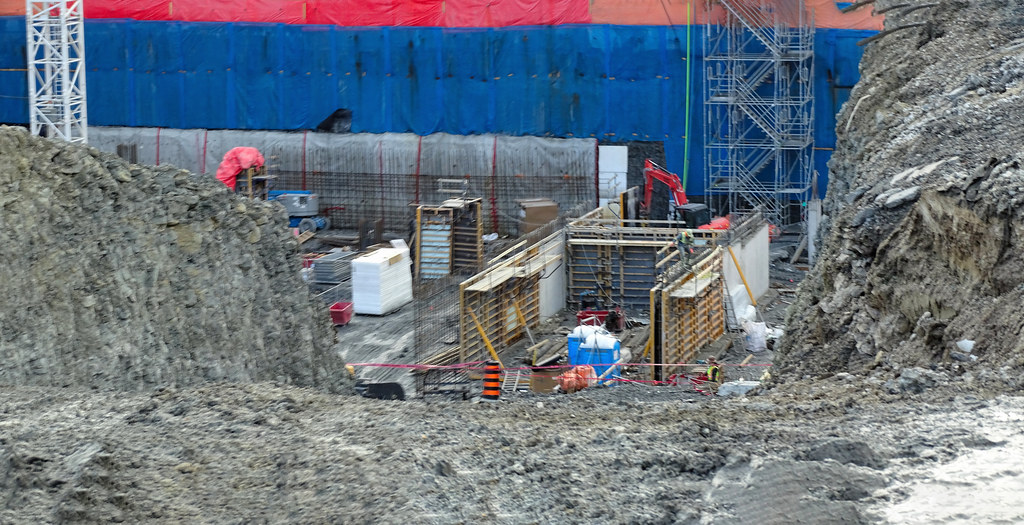I think the real problem is that we think 'complete streets' are the ideal. That is the idea that every arterial should be bike, car, transit and pedestrian friendly. This is impossible. We need arterials, and they don't need to be our pedestrian streets. Arterials should have little to no 'access' role, and pedestrian-oriented uses like retail etc should be on different streets--ones that are slower for cars, narrower and more friendly for pedestrians and cyclists. So it is not a problem that Hurontario is an arterial, it's that we didn't build fine grain streets away from arterials that are pedestrian friendly. I don't think shrinking Hurontario to 2 lanes is ever realistically going to happen. Mississauga needs arterials.
You know, that's a very good point. Thinking about the cities where I have lived in Germany and where I currently live, they all have very walkable, cyclist-friendly areas (especially Münster, the bicycle capital of Germany), however each cities has plenty of arterials which have many lanes for cars and few pedestrians. Here in Cologne these are some roads which bring in traffic from the local Autobahn routes into the various city districts and allow for quick access across the city for cars, busses, and lorries: highways don't typically run through cities here, so arterials are very important in connecting urban and industrial centres with highways.
I think cities like Mississauga are perhaps a reversed ratio of 'complete streets' versus arterials that you'd find here. Part of the challenge is that the main square grid upon which southern Ontarian cities are built are 19th century, colonially-regimented rural roads (literally just a ruler to a map divided up) that have been directly adapted for 20th and 21st century urban development. It is so tempting to continue using perfectly straight, easily navigable routes that extend for many tens of kilometres as quasi-highways (maybe highways with traffic lights?). Canada is not only building its cities out, but also working against long-established infrastructure which isn't easy to completely reverse and start over. Many of the famously pedestrian-friendly European cities have had their previously established infrastructure dramatically destroyed by fires or (as here in German cities*) by war or historical regimes which could demolish entire areas and start anew based on a certain ideology (like Paris). Luckily, Canada is a remarkably stable country so these big events which allow a city to drastically and suddenly change its previous infrastructure don't present themselves often, if at all.**
For example, I wonder if or how already build urban sprawl could be ameliorated in the future? What changes would have to come for single family homes on big lots pushed further away from the streets to be filled in or built over?
* It is a common occurrence here in Germany when roads are being repaired or the land for new buildings is being cleared and foundations being dug that you find unexploded bombs from WW2 and the local bomb squad has to come in and evacuate the neighbourhood. I have experienced this many times myself. I often think about it when I see the photos on this forum of condo foundations being dug... that's one major delay to projects that Canadians don't have to deal with!
** Some notable exceptions might be the clearing of communities to either create social housing projects such Regent Park or to "clear up slums" such as the Ward in Toronto or Africville in Halifax.

